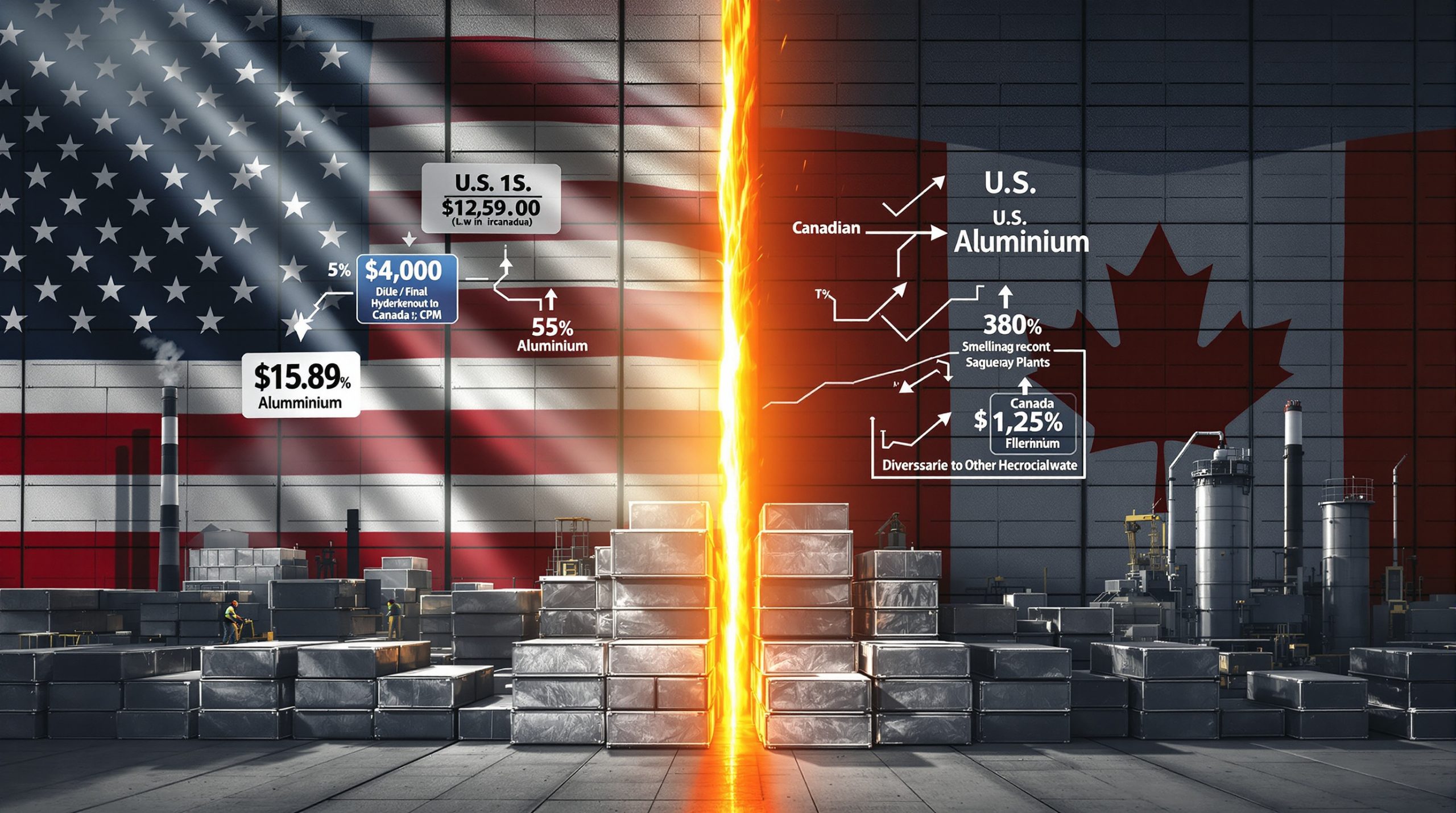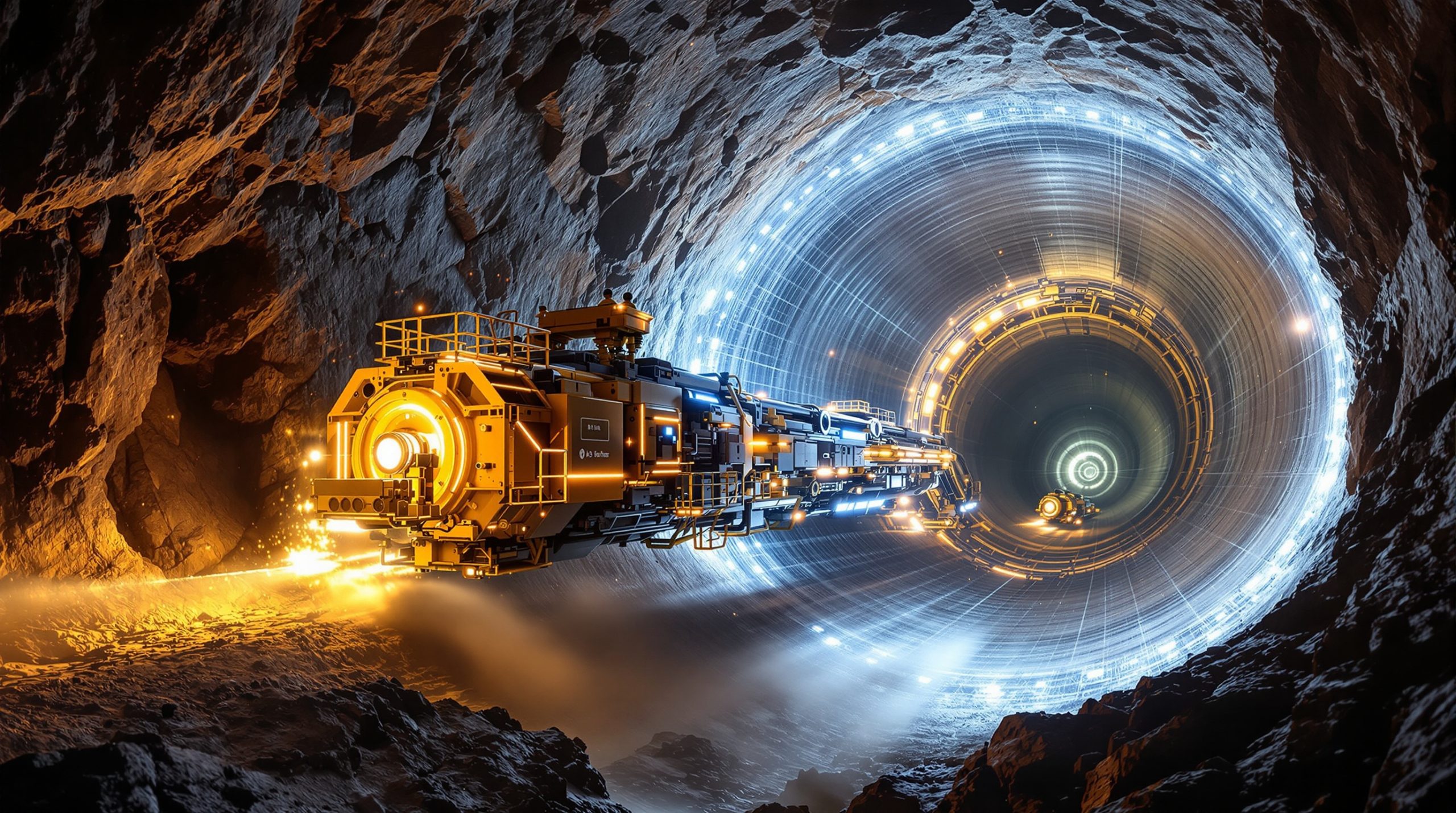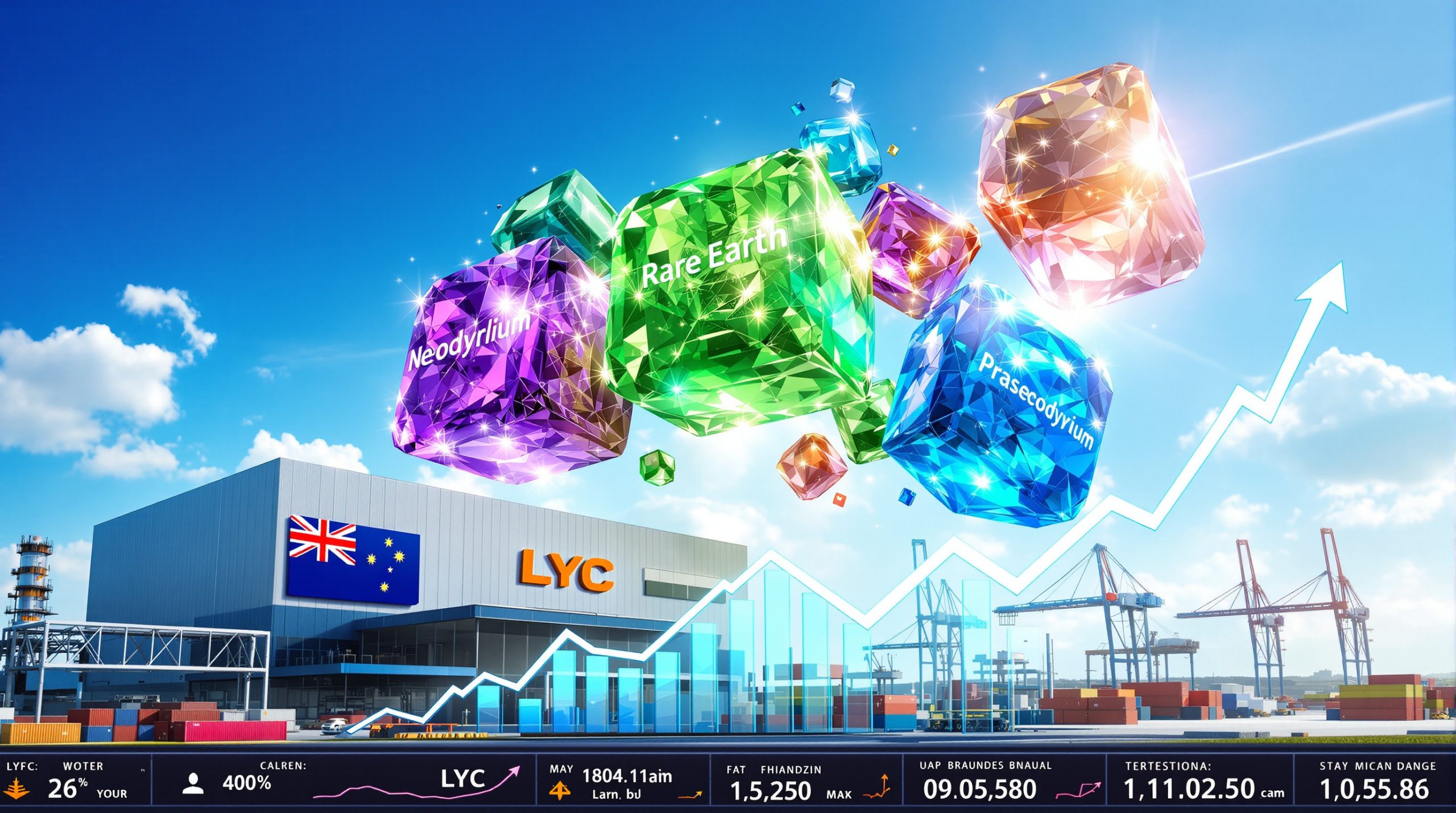The Evolving Landscape of Ferro-Alloys in a Decarbonizing World
The ferro-alloys industry stands at a critical crossroads as the green energy transition and the ferro-alloys industry reshapes global manufacturing. Traditional steelmaking processes that have historically driven ferro-alloy demand are increasingly giving way to newer, cleaner technologies that require fundamentally different input materials. This shift represents not merely a cyclical downturn but a structural transformation that will permanently alter how ferro-alloys are produced and consumed.
The transformation is particularly evident in the changing balance between traditional blast furnace-basic oxygen furnace (BF-BOF) production and electric arc furnace (EAF) steelmaking. According to recent industry analysis, BF-BOF processes currently account for approximately 70% of global steel production, with EAF contributing the remaining 30%. However, this ratio is shifting rapidly as mining decarbonisation initiatives gain momentum worldwide.
Key Industry Transformation Drivers
The ferro-alloys sector is experiencing disruption from multiple directions simultaneously. Hydrogen-based steelmaking technology is advancing quickly, with major producers investing heavily in research and implementation. This technology significantly reduces the need for traditional ferro-alloys as it uses different reduction processes than conventional blast furnaces.
Electric Arc Furnace technology continues to displace traditional blast furnaces, particularly in regions with abundant electricity and scrap metal resources. The EAF method typically requires 30-50% less ferro-alloy input compared to BF-BOF processes, creating a substantial demand shift in the market.
Enhanced steel recycling capabilities are further reducing primary ferro-alloy requirements. As scrap sorting and processing technologies improve, manufacturers can rely more heavily on recycled inputs, diminishing the need for virgin materials. This trend is particularly pronounced in developed economies with mature steel industries and established recycling infrastructure.
"Global steel production today remains dominated by the blast furnace-basic oxygen furnace processes, accounting for approximately 70%, while EAF contributes around 30%, despite significant regional variations," notes Emre Uzun, a steel and ferroalloys analyst at Fastmarkets.
Regulatory pressures are accelerating these changes, with carbon border taxes and emissions regulations creating new market pressures. The European Union's Carbon Border Adjustment Mechanism (CBAM) stands as a particularly significant development, effectively penalizing high-emission imports and compelling steelmakers worldwide to reduce their carbon footprint—often by reducing reliance on carbon-intensive ferro-alloys.
Current Market Statistics
The statistical picture clearly illustrates the ongoing transformation:
| Metric | Value | Trend |
|---|---|---|
| Global BF-BOF steel production | ~70% of total | Declining |
| Global EAF steel production | ~30% of total | Increasing |
| China's BF-BOF reliance | ~90% (2024) | Declining |
| China's EAF target | 20% by 2030 | Increasing |
| CISA EAF targets | 15% by 2025, 30% by 2035 | Accelerating |
| Current stainless scrap usage | Up to 20% | Increasing |
China's targets are particularly noteworthy given its dominant position in global steel production. The China Iron and Steel Association (CISA) has established ambitious goals to increase EAF production from approximately 11% currently to 15% by the end of 2025 and 30% by 2035. This shift alone will significantly reduce global demand for conventional ferro-alloys, with substantial implications for iron ore trends.
What Technologies Are Driving Reduced Ferro-Alloy Demand?
Three major technological developments are converging to reshape ferro-alloy consumption patterns globally: hydrogen-based steelmaking, electric arc furnace expansion, and advanced recycling technologies. Each represents a distinct threat to traditional ferro-alloy demand while creating selective opportunities for producers who can adapt to changing requirements.
Hydrogen-Based Steelmaking Revolution
Hydrogen-based direct reduced iron (DRI) processes are gaining momentum as a low-carbon alternative to traditional blast furnace technology. This approach uses hydrogen, rather than carbon, as the reducing agent to convert iron ore into metallic iron, significantly reducing CO₂ emissions in the process.
The implications for ferro-alloy consumption are substantial. DRI processes using hydrogen typically require fewer alloy additions than traditional methods, as the metallurgical properties can be more precisely controlled throughout the production process. Additionally, the elimination of carbon as a reducing agent changes the chemistry of the process, further reducing certain alloy requirements.
Major steelmakers are investing heavily in this technology, with global steel giant ArcelorMittal leading significant hydrogen reduction initiatives. As one China-based ferro-alloy source notes, "Companies such as ArcelorMittal are investing in hydrogen-reduced iron, which could further diminish the need for ferro-chrome and ferro-manganese."
Government support for green hydrogen initiatives is accelerating this transition. Across Europe, North America, and increasingly in Asia, substantial funding is being directed toward green hydrogen development, with steel production frequently cited as a primary application. As these investments bear fruit, the economics of hydrogen-based steelmaking will improve, further accelerating electrification advances throughout the industry.
Electric Arc Furnace Expansion
Electric Arc Furnace technology represents a more immediate challenge to ferro-alloy demand. EAFs primarily melt scrap steel rather than producing steel from iron ore, fundamentally changing input requirements. According to industry experts, scrap-fed EAFs typically require 30-50% less ferro-alloys than blast furnaces for equivalent steel production.
China's push to increase its EAF share from 11% to 20% by 2030 represents a seismic shift in the industry. As Emre Uzun observes, "This trend will necessitate greater adoption of EAF-based steelmaking, which primarily uses scrap metal and typically requires fewer alloy additions compared with the blast furnace method."
The impact is already evident in stainless steel production, where mills are incorporating up to 20% stainless scrap, directly reducing ferro-chrome demand. This trend is expected to accelerate as scrap availability increases and sorting technologies improve.
Regional variations in EAF adoption are creating uneven market impacts. While North America and Europe have relatively high EAF utilization rates already, Asia's transition is just beginning, suggesting a prolonged period of declining ferro-alloy demand as these markets evolve.
Advanced Recycling Technologies
Enhanced scrap sorting technologies are enabling higher-quality recycled inputs, further reducing the need for virgin ferro-alloys. Modern recycling facilities can now separate different steel grades and alloy compositions with unprecedented precision, allowing steelmakers to use recycled materials for increasingly specialized applications.
Policy incentives in Europe and the United States are promoting increased steel recycling rates, with circular economy initiatives reducing primary metal production requirements. These policies often include both financial incentives for recyclers and regulatory requirements for manufacturers to incorporate recycled content.
Scrap availability is becoming a key factor in regional steel production strategies. Areas with mature steel industries and well-developed recycling infrastructure gain competitive advantages in EAF production, while regions with limited scrap resources face higher costs for transitioning away from blast furnace production.
Which Industries Are Shifting Away From Ferro-Alloy Intensive Materials?
The green energy transition and the ferro-alloys industry is affecting ferro-alloy demand not only through changes in steel production methods but also through fundamental shifts in material choices across major industries. Three sectors in particular—automotive, oil and gas, and aerospace/construction—are moving away from ferro-alloy intensive materials at an accelerating pace.
Automotive Sector Transformation
The automotive industry is undergoing a profound transformation driven by electrification, lightweighting requirements, and emissions regulations. Manufacturers are increasingly replacing traditional steel components with aluminum, carbon fiber, and advanced composites to reduce vehicle weight and improve efficiency.
Electric vehicles utilize significantly different material compositions than traditional internal combustion engine (ICE) vehicles. While steel remains important for structural components, the overall material mix is shifting toward lightweight alternatives that require fewer ferro-alloys in their production.
Tesla's innovative gigacastings represent a particularly disruptive development. By replacing dozens of separately stamped steel parts with single aluminum castings, Tesla has eliminated substantial steel content from its vehicles. As other manufacturers adopt similar approaches, steel demand—and by extension ferro-alloy consumption—will decrease further.
As Emre Uzun notes, "It appears that 'greener' steelmaking will scale up over the next decade and into 2035, because downstream sectors such as automotive and others want lower embedded emissions in their products." This demand for lower-carbon materials is driving both material substitution and process changes throughout the supply chain.
Oil and Gas Sector Contraction
The global shift away from fossil fuels is having profound implications for specialty steel and ferro-alloy markets. Reduced drilling activity is decreasing demand for high-strength alloy steels that traditionally contain significant amounts of manganese, chrome, and other specialty alloys.
Pipeline construction slowdowns are affecting manganese and chrome alloy markets as infrastructure investments shift toward renewable energy transmission rather than fossil fuel transportation. This trend is particularly evident in North America and Europe, where pipeline projects face increasing regulatory and financial hurdles.
Offshore platform decommissioning is now outpacing new construction in many regions, creating a net reduction in demand for specialty steels and alloys. As older platforms reach the end of their operational lives, they are frequently not being replaced, reflecting the broader transition away from fossil fuel extraction.
The transition to renewables is reducing long-term demand for specialty drilling alloys, as wind, solar, and other renewable technologies require different material inputs than traditional oil and gas infrastructure.
Aerospace and Construction Evolution
Material requirements in the aerospace sector are evolving rapidly, with Boeing and other manufacturers increasing composite usage in aircraft design. Modern commercial aircraft now contain up to 50% composite materials by weight, directly displacing metals that would traditionally incorporate various ferro-alloys.
High-performance buildings are increasingly utilizing alternative structural materials, including engineered wood products, carbon fiber reinforcements, and advanced concrete formulations that require fewer ferro-alloy inputs than traditional steel-intensive designs.
Infrastructure projects worldwide are incorporating more recycled content, reducing demand for primary steel and ferro-alloys. This shift is driven by both economic considerations and sustainability requirements increasingly built into public procurement processes.
Renewable energy infrastructure is creating new but different alloy requirements. Wind turbines, solar mounting systems, and energy storage facilities require specialty steels and alloys, but often in different compositions and quantities than traditional energy infrastructure.
How Are Ferro-Alloy Producers Adapting to Market Changes?
Facing structural challenges to their traditional markets, forward-thinking ferro-alloy producers are pursuing three main adaptation strategies: diversification into battery materials, development of green production methods, and implementation of market differentiation approaches to maintain relevance in a changing landscape.
Diversification Into Battery Materials
High-purity ferro-manganese is finding applications in battery chemistries, creating new market opportunities for traditional producers. As a manganese ore sector source explains, "Increasingly, manganese elements are used in battery raw materials because of their property stability and price-competitiveness compared with other inputs, such as cobalt or lithium."
Manganese is gaining popularity as a cost-effective alternative to cobalt in batteries, particularly in lithium-ion chemistries for electric vehicles and grid storage applications. This represents a significant growth opportunity for producers who can meet the stringent purity requirements of battery manufacturers.
Ferro-silicon producers are exploring applications in battery and semiconductor manufacturing, leveraging their expertise in high-purity metallurgical processes to enter these growing markets. Silicon anodes represent a particularly promising application, with potential to significantly increase battery energy density.
Specialty alloys are being developed for electric vehicle safety systems, leveraging the unique properties of manganese, chrome, and other elements traditionally used in ferro-alloys. According to market sources, ferro-manganese can increase the tensile strength of car bodies by up to 50%, making it valuable for EV crash protection systems.
Green Production Methods
Renewable energy-powered smelting operations are gaining market acceptance as buyers increasingly consider carbon footprint in purchasing decisions. Solar, wind, and hydroelectric power are all being integrated into ferro-alloy production to reduce emissions and create marketable green products.
Green ferro-chrome and ferro-manganese certifications are emerging in China, allowing producers to differentiate their products based on environmental performance. Fastmarkets launched price assessments for these green ferro-alloys in October 2024, reflecting the growing market segment.
European producers are investing in carbon capture technologies to maintain competitiveness as carbon border adjustments take effect. These investments represent a significant capital commitment but are increasingly viewed as essential for long-term market access.
Indian smelters are adopting cleaner production processes to maintain access to international markets, particularly as the EU's CBAM implementation approaches. This transformation is requiring substantial investment but is becoming necessary for continued export viability.
Market Differentiation Strategies
Product differentiation based on carbon intensity is becoming increasingly important in the ferro-alloy market. As Emre Uzun notes, "We may see an increase in demand for greener ferroalloys, making product differentiation, and investments in cleaner production processes and renewable energy increasingly important from a supply-side perspective."
Producers are developing specialized alloys for renewable energy infrastructure, including ferro-molybdenum formulations that enhance corrosion and high-temperature resistance in wind turbines and photovoltaic power facilities.
Vertical integration strategies to secure raw material supplies are becoming more common as producers seek to control costs and ensure consistent quality. This approach can provide significant advantages in increasingly competitive markets where margins are under pressure.
Regional specialization allows producers to capitalize on geographical advantages, including access to renewable energy, proximity to growing markets, or favorable regulatory environments. This strategy is particularly evident in China, where producers in regions like Ulanqab are developing specialized production clusters.
What Market Challenges Are Ferro-Alloy Producers Facing?
Despite adaptation efforts, ferro-alloy producers face substantial challenges in the current market environment. Three issues in particular—oversupply and price pressures, regulatory and trade barriers, and raw material volatility—are creating significant headwinds for industry participants.
Oversupply and Price Pressures
The market is experiencing significant supply-demand imbalances, with capacity expansion outpacing demand growth in many regions. According to the Ulanqab Ferroalloy Alliance, China's Ulanqab region alone approved 32 new ferro-alloy projects in the first half of 2025, despite already evident oversupply conditions.
Rapid production expansion in China and India is creating significant downward pressure on prices. As one China-based ferroalloy source explains, "China and India expanded production rapidly, leading to oversupply. But the bigger issue is weakening demand from steelmakers shifting to greener alternatives."
Ferro-chrome spot prices have been trending downward since May 2025, with Fastmarkets' weekly price assessment showing prices at 8,100-8,350 yuan per tonne on July 22, compared with 8,100-8,300 yuan per tonne the previous week.
Ferro-manganese prices are similarly declining, falling from 5,350-5,450 yuan to 5,300-5,400 yuan per tonne in mid-July 2025, according to Fastmarkets' weekly price assessment.
Regulatory and Trade Barriers
Europe's Carbon Border Adjustment Mechanism (CBAM) is creating significant challenges for high-emission ferro-alloy producers looking to export to European markets. As implementation progresses, producers unable to demonstrate low carbon intensity face increasing cost disadvantages.
Sino-US tariff negotiations continue to create market uncertainty, affecting trade flows and investment decisions across the ferro-alloy industry. The unpredictable nature of these discussions makes long-term planning particularly challenging for producers in both regions, with trade war impacts rippling throughout global supply chains.
Anti-dumping measures are disrupting traditional trade flows, forcing producers to reconsider export markets and strategies. As one China-based ferroalloy source notes, "tariffs and anti-dumping measures disrupt global trade flows of ferro-alloys. Besides, [prices for] ferroalloys raw materials such as manganese ore, chrome ore and silicon fluctuate due to geopolitical and supply chain issues."
Environmental regulations are increasing compliance costs for producers worldwide, with particularly stringent requirements in Europe and increasingly in China. These costs represent a significant burden for an industry already facing margin pressure from oversupply and weakening demand.
Raw Material Volatility
Supply chain disruptions continue to affect raw material availability and pricing. For example, a tropical cyclone in March 2024 caused disruptions for more than a year to manganese ore supply from South32's Groote Eylandt Mining Co (Gemco) facility in Australia, creating significant market volatility.
Geopolitical tensions affecting chrome ore availability, particularly from major producing countries like South Africa and Kazakhstan, add another layer of uncertainty for ferro-chrome producers.
Silicon price fluctuations impact ferro-silicon production costs, creating margin pressures that are difficult to pass on to customers in an oversupplied market.
Logistical challenges are increasing transportation costs globally, particularly for bulk materials like ore and finished ferro-alloys. Port congestion, container shortages, and rising fuel costs all contribute to this ongoing challenge.
How Is China's Green Steel Strategy Affecting Global Markets?
China's ambitious decarbonization agenda is reshaping global ferro-alloy markets. As the world's largest steel producer implements its green
Are You Invested in ASX Mining Stocks?
Stay ahead of the market with instant notifications on significant mineral discoveries through Discovery Alert's proprietary Discovery IQ model, which transforms complex exploration data into actionable investment insights. Visit https://discoveryalert.com.au/discoveries/ to understand how major mineral discoveries have generated substantial returns and begin your 30-day free trial today.




